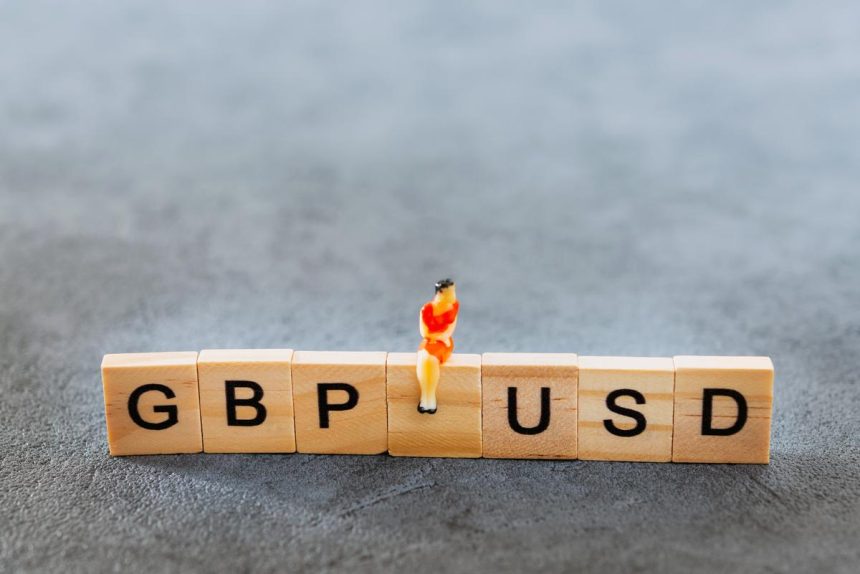Pound declines as the UK’s monthly GDP and manufacturing numbers roughly meet expectations.
The Pound Sterling (GBP) falls during Wednesday’s European session. The GBPUSD pair fell to 1.2780 after the UK Office for National Statistics (ONS) stated that monthly GDP. And other industrial statistics for January were generally in line with market forecasts.
The UK economy expanded by 0.2% in January. After declaring a technical recession in the second half of 2023. This means that the recession was shallow and the economic outlook is improving.
The Bank of England’s rate cutting prospects for August are strengthened by dismal employment data for the three months ending in January.
Meanwhile, the next move in the Pound Sterling will be influenced by clues about when the Bank of England (BoE) may begin lowering interest rates. Prospects that the BoE will lower interest rates in August have risen. As labor market conditions have cooled and inflation prospects have eased.
Daily Market movers: Pound Sterling under pressure, US Dollar consolidates.
The Pound Sterling is under some pressure after the ONS revealed. That the UK economy gained 0.2% in January, in line with market expectations. In December, the economy fell by 0.1%.
Manufacturing production remained flat in January, as expected. Following a 0.8% increase in December. On an annual basis, the economic data increased by 2.0%, In line with predictions. Albeit slower than the previous reading of 2.3%.
Monthly industrial production fell by 0.2%, surprise investors who expected a steady performance. The economic data increased by 0.6% in December. The annual manufacturing statistics increased at a slower pace of 0.5%, compared to predictions of 0.7% and the previous report of 0.6%.
Monthly GDP growth suggests that the economic outlook is improving. Which might be a positive for the pound sterling. However, industry activity continues to be under pressure.
Meanwhile, market expectations for the Bank of England to reduce interest rates in August have risen slightly as inflation expectations have relaxed and labor market conditions have cooled in the three months ending January. Citi, a US bank, reported consumer inflation expectations for Twelve-month time dipped to 3.6% in February, down from 3.9% in January.
Fed rate cuts in June become less likely, market mood grows apprehensive.
As Fed rate cuts in June become less likely, market mood grows apprehensive.
The UK unemployment rate unexpectedly rose to 3.9%, job levels fell, and average earnings excluding bonuses increased at the weakest rate since October 2022. However, wage growth remains approximately double that required to keep inflation below the 2% target.
Meanwhile, market mood remains cautious, with stubborn US Consumer Price Index (CPI) data for February raising predictions that the Federal Reserve will keep interest rates stable in the first half of 2024. The strong US inflation statistics suggested that the Fed will stick with its aggressive stance.
The US Dollar Index (DXY), which measures the value of the Greenback against six foreign currencies, consolidates in a narrow range slightly below 103.00.









